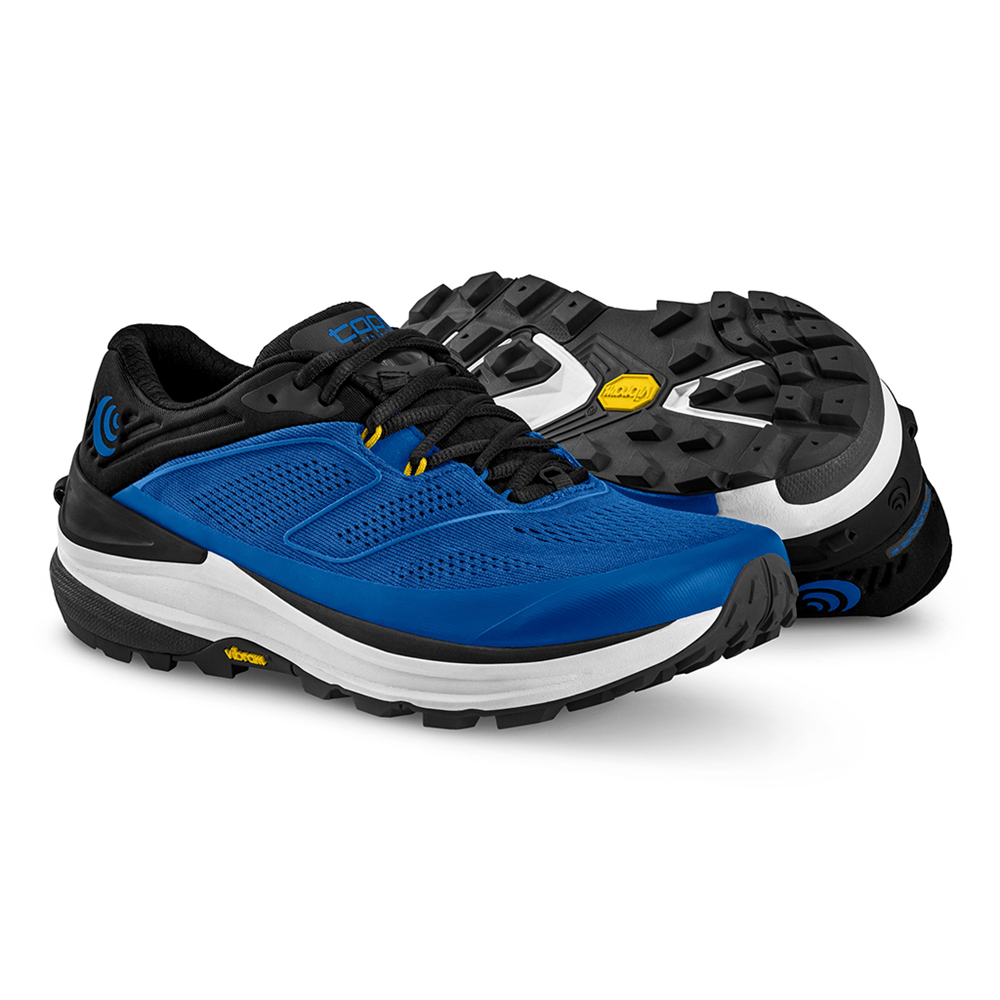Sometimes the thing you don’t want to do the most, will end up giving you the best results.
Running uphill makes your body work much harder than on flat terrain. You will notice your breathing will get more rapid and your heart rate will increase. You might also start to feel the slow burn in your legs as you tackle those tougher inclines. Although hill running is hard for most people, by incorporating it into your running routine, you are going to become a better runner over time, with the ability to run on a huge variety of terrains.
Many people may ask themselves: why is running uphill so hard? And in this blog we will tackle that question, but to give you the short answer — it is simply because your body needs to utilise more effort to propel yourself up and forward, rather than just forward. Your legs now have to put in the effort it takes to run, but simultaneously tackle that tricky incline! So, why is running uphill so hard? Because you’re working your body in two directions rather than just one.
Why choose uphill running?
Build strength
Uphill running will help you build muscle strength in your legs, which will make you a stronger runner. It specifically helps you build your quads, calves, hamstrings, and glutes. Stronger muscles = better running ability overall.
Running uphill will also improve your hip flexor strength and flexibility due to the way they are activated when running on an incline. Hip flexor activation can also be achieved on an inclined treadmill if you are not a fan of the outdoors.
Increase your upper body strength
When running up any hill, or on an inclined treadmill, you are forced to use your arms to drive them harder than if you were to run on a flat surface. Using your arms when running encourages you to engage your upper body and core during those steeper inclines, resulting in improved strength in these areas.
Better form
Your running ability is tied directly to how good your form is, and as uphill running requires you to utilise your strength more, this results in a stronger form over time.
To read more about how strength benefits your running ability and form, check out our previous blog here.
Running uphill requires you to bring your knees up higher and keep your shoulders up straight in order to prevent you tripping. It also requires you to keep your core engaged to maintain balance.
When first attempting hill runs, keep your strides shorter to maintain the best form. Eventually when hill runs become easier, your stride will naturally lengthen.
Increase your pace over time
If you are looking to increase your running pace and speed, uphill running should be your new challenge.
Doing repeat distance exercises will help you build your strength and speed at the same time. Simply pick a distance (we would recommend starting with 100 meters) and then sprint up the hill for that distance, and then walk or jog down. Repeat this exercise a few times and increase the distance slightly each time. We recommend using one of our Coros watches to track your progress while doing repeat sprints.
Improved endurance, muscular and cardiovascular health
Uphill and downhill running both prove to be incredible for endurance. It will help you improve your muscular and cardiovascular health.
Every time you participate in an inclined run, you are engaging your muscles more, which will in turn only strengthen them over time. Running uphill will pose a new challenge and allow you to work out your muscles in a new way.
Runners typically have healthy hearts, and this is due to the fact that running helps you lower your resting pulse rate and improves your oxygen intake. Running uphill makes your heart work harder and more efficiently, which is fantastic for overall cardiovascular heart health.
New challenges & incredible views
When creating a running routine, it is super easy to get stuck in your own ways. But only ever running one or two tracks can get boring. By introducing a new track to run on with more varied inclines and terrains, you will be provided with more variety to your usual running schedule.
Uphill running will also allow you to see some spectacular sights. Unlike a flat run, hill runs can provide you with a beautiful view over the horizon. Research some inclined tracks in your area, whether it be outer-city hike trails or inner-city urban routes.
Tips for uphill running
1. Get the right gear
Make sure to have the best running accessories for uphill running. You need supportive running shoes that will protect your ankles when running on steeper and varied terrain.

2. Shorten your stride
It can be easy to fall into bad habits when first starting your uphill journey, so pay close attention to your form and feet placement. Shorten your strides and try to always run on your full foot instead of your toes. Your body may naturally fall into landing on your toes to make the run ‘easier’ but it will only strain your legs in the long run. Always land and take off with your foot fully on the ground.
3. It is not a race
When attempting to do hill runs there is no need to compare yourself to others. Make sure that your journey is your own and you’re not racing with people. Your pace and journey is your own and if you attempt to match other people you might lose your form, or even injure yourself. Be proud of your progress, no matter how small you may think it is!
4. Incorporate gym exercises
When preparing to go on regular uphill runs you can help yourself prepare by using the stair-climb machine at your gym. This will prepare your legs and lungs for the type of intensity associated with uphill running. If you do not have access to a stair climber, try the incline on your treadmill, it will have a similar result. You can also utilise stairs in your indoor or outdoor environment to practice on.
Go forth and conquer mountains

Now you are ready, go ahead and incorporate more challenging hills and inclines into your regular running routes. If you are after something new and a challenge, hill runs are exactly what you need to spice it up.
Shop our full range of the best running products here.










